Three-phase Oil-water-air Separator CFD Simulation, ANSYS Fluent Training
Three-phase Oil-water-air Separator CFD Simulation, ANSYS Fluent Training
- Upon ordering this product, you will be provided with a geometry file, a mesh file, and an in-depth Training Video that offers a step-by-step training on the simulation process.
- For any more inquiries regarding the product, please do not hesitate to reach out to us at info@CFDLAND.com or through our online support assistant.
€240.00 Original price was: €240.00.€155.00Current price is: €155.00.
The effective separation of air, oil, and water in industrial processes is a major environmental and operational issue. Three-phase air-oil-water separators simplify the complex job of distinguishing these three important components. These separators remove and separate air, oil, and water from a mixed stream, assuring environmental compliance, operational efficiency, and resource conservation. A schematic of common 3-phase separators are depicted below. It can help to understand the mechanism.
This research simulates and examines a three-phase air-oil-water separator by means of CFD using ANSYS Fluent Solver. We seek to visualize the separation of oil, water and air mixture in the separator tank. More importantly, the current study benefits from a valuable reference paper published in Journal of Petroleum Science and Engineering.
- Reference [1]: Le, Thuy Thi, et al. “Three-phase Eulerian computational fluid dynamics of air–water–oil separator under off-shore operation.” Journal of Petroleum Science and Engineering171 (2018): 731-747.
Figure 1: Schematic of three phase separator CFD
Simulation Process
As displayed below, the separator consists of different parts. The inlet tube passes the mixture of oil-water-air through the cap, avoiding sloshing of the flow, a bucket that divides the separator into two sections, and an outlet on top of the tank for air exit after passing over porous filtration. This model was then filled with 200664 tetrahedron cells. Notably, due to the symmetric design of the separator, only half of it is modelled. To put solver settings in a nutshell, Eulerian multiphase module is activated, modelling three phases regarding appropriate forces and phases interaction. These forces, including drag, lift and surface tension, are crucial and directly affect the performance. As mentioned earlier, a filtration system is installed before the air outlet to collect probable pollutants in the air before exiting. Hence, a porous zone is applied.
Figure 2: Geometrical configuration of 3 phase separator CFD model
Post-processing
The CFD simulation results clearly shows effective phase separation within the three-phase separator. As shown in the volume fraction contours, each phase naturally stratifies according to its density properties. The first image displays the gas volume fraction, where blue regions indicate high air concentration at the top of the separator, following physical principles of buoyancy. The distinct horizontal layering visible in both images confirms that the residence time is sufficient for complete phase disengagement. This separation occurs naturally through gravity separation, without requiring additional energy input, validating the fundamental design principle of the three phase separator. Additionally, The second image showing the oil volume fraction reveals how the intermediate-density phase distributes between air and water. The yellow-green regions represent the oil layer forming a clearly defined boundary with minimal interfacial mixing. This clean separation confirms the effectiveness of the Eulerian multiphase modeling approach in capturing the physics of immiscible fluids. The simulation results align with theoretical expectations for laminar flow conditions, where distinct boundaries form between phases with different densities.
Figure 3: Air & oil separation inside three phase separator
We pride ourselves on presenting unique products at CFDLAND. We stand out for our scientific rigor and validity. Our products are not based on guesswork or theoretical assumptions like many others. Instead, most of our products are validated using experimental or numerical data from valued scientific journals. Even if direct validation isn’t possible, we build our models and assumptions on the latest research, typically using reference articles to approximate reality.
Yes, we’ll be here . If you have trouble loading files, having technical problems, or have any questions about how to use our products, our technical support team is here to help.
You can load geometry and mesh files, as well as case and data files, using any version of ANSYS Fluent.
€145.00 Original price was: €145.00.€115.00Current price is: €115.00.

€270.00 Original price was: €270.00.€165.00Current price is: €165.00.

€190.00 Original price was: €190.00.€165.00Current price is: €165.00.

€205.00 Original price was: €205.00.€135.00Current price is: €135.00.

€195.00 Original price was: €195.00.€135.00Current price is: €135.00.

€245.00 Original price was: €245.00.€199.00Current price is: €199.00.













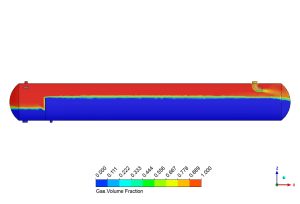
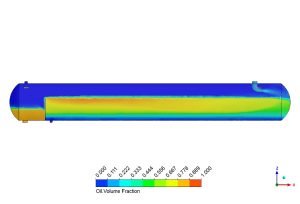





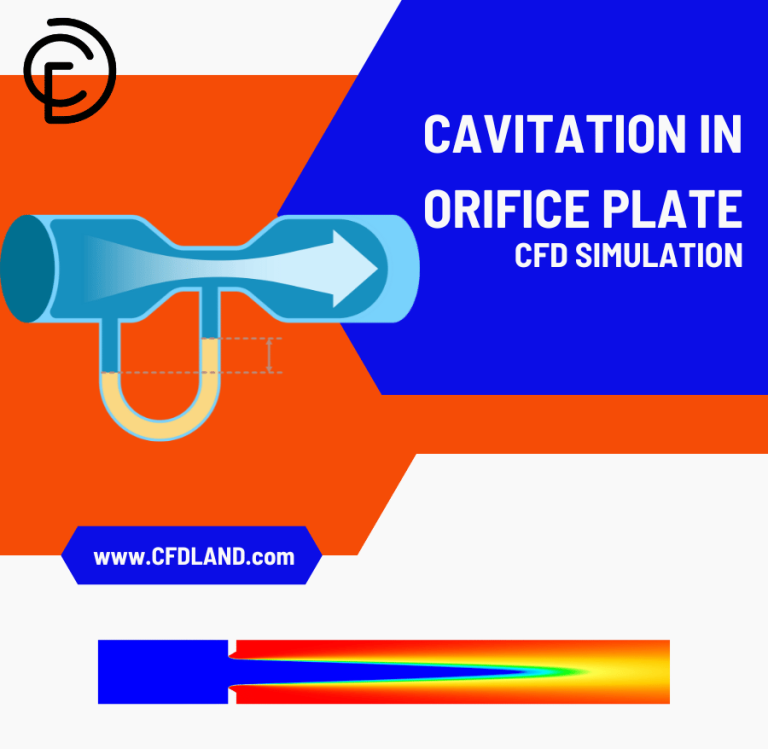
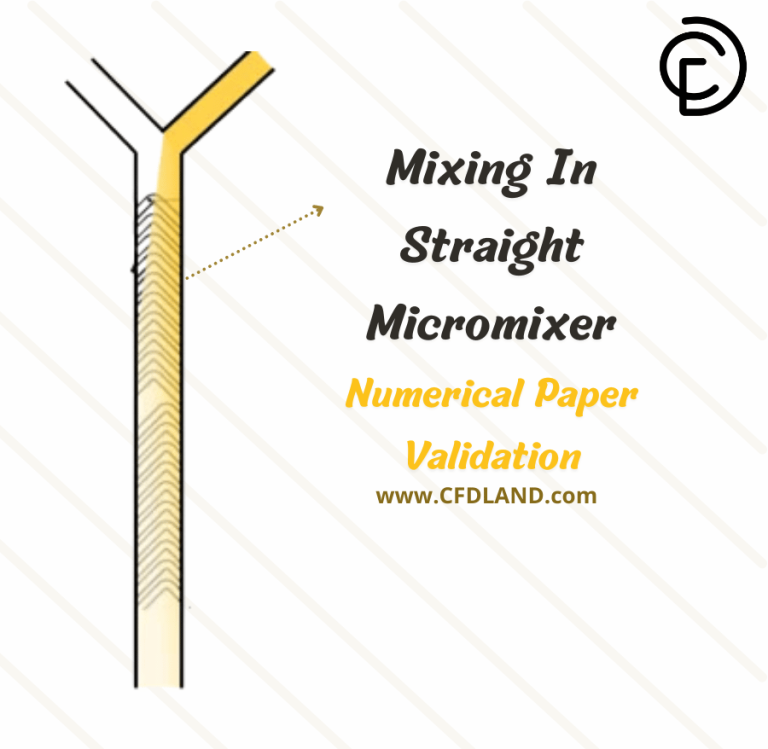

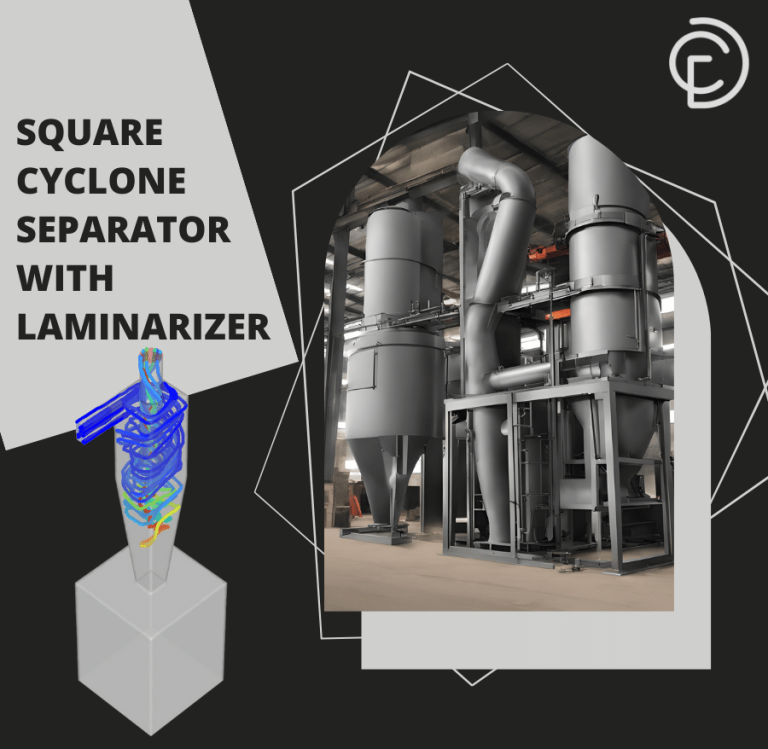
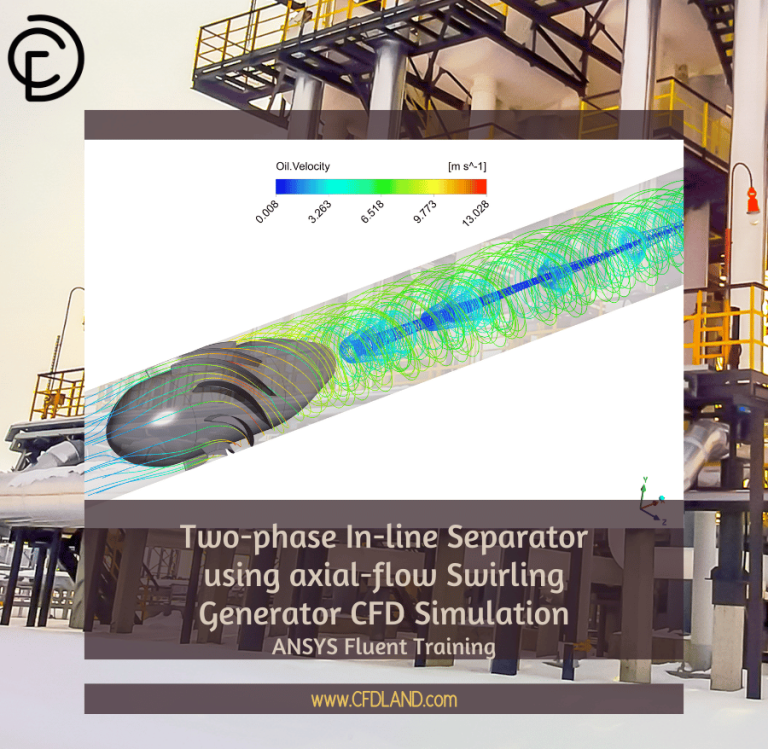
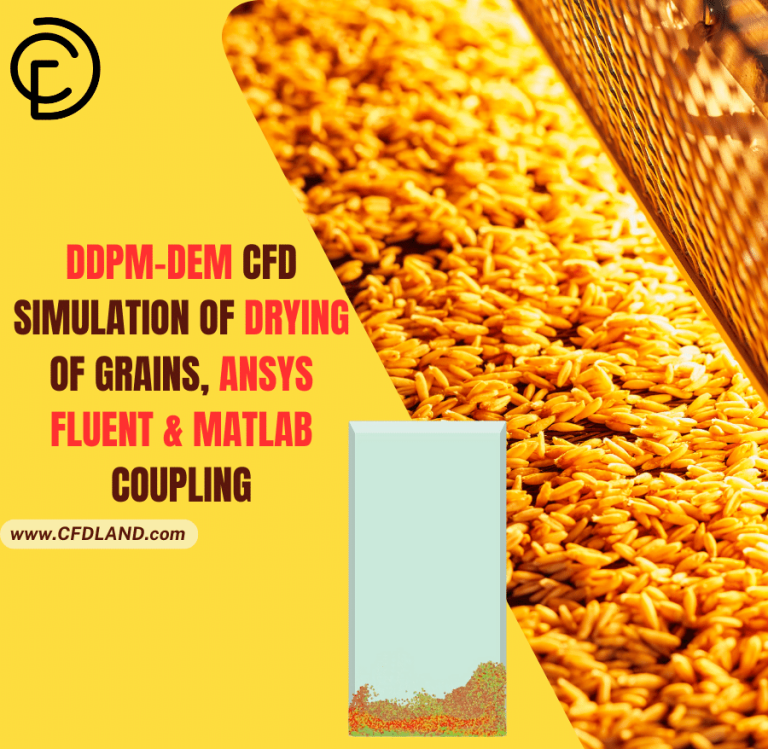
Reviews
There are no reviews yet.